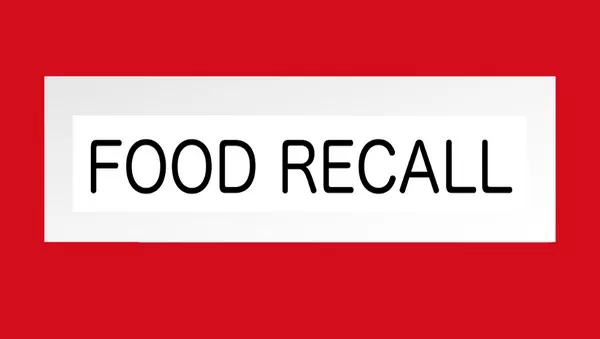In the first quarter of 2024, Memphis-based Sedgwick released data indicating mixed results for food safety recalls. The Recall Index reported a significant 8% increase in overall U.S. product recalls compared to the previous quarter, reaching 909 recalls, the highest single-quarter total in five years.
The U.S. Food and Drug Administration (FDA) saw a substantial rise in recalls, up 27.6% from the previous quarter, totaling 134 events. This surge marks one of the highest quarterly totals for the FDA in the past five years. Notably, undeclared allergens were the leading cause, accounting for 51 recalls.
Conversely, recalls by the USDA’s Food Safety and Inspection Service (FSIS) dropped by 31.6%, with only 13 recalls in the first quarter. However, the total weight of FSIS recalls increased by 22.1%, reaching 378,055 pounds.
Sedgwick highlighted ongoing efforts by the FDA, USDA, and the Federal Trade Commission (FTC) to safeguard consumers and ensure accurate food information. The report emphasized the complexity of food safety regulations, urging stakeholders to closely monitor regulatory activities and enforcement actions.
A significant regulatory update included the enforcement of the USDA’s Strengthening Organic Enforcement (SOE) final rule. This rule aims to enhance organic control systems and traceability from farm to market to combat “organic fraud.” It applies to the National Organic Program (NOP) and sets regulations for the production, handling, and sale of organic-labeled agricultural products.
The report also discussed key enforcement areas, such as lead contamination in children’s food products. Following recalls of lead-tainted applesauce, the FDA has ramped up testing and issued more recalls, particularly for cinnamon products, amid concerns that lead was added to increase product weight and price.
Additionally, the 2022 infant formula crisis continues to be scrutinized. In March, the FTC released a report analyzing market factors behind supply disruptions post-recalls. The analysis highlighted three factors: the dominance of a few manufacturers in the U.S. infant formula market, the structure of rebates under the USDA’s WIC program that grants market exclusivity, and the FDA’s rigorous regulation of infant formula, which includes extensive preclinical studies and lengthy premarket submission periods.
Lastly, the FDA has addressed health risks linked to per- and polyfluoroalkyl substances (PFAS). In February, the agency announced the completion of manufacturers’ voluntary phase-out of certain PFAS types used in food packaging. These substances are no longer sold in the U.S. for this purpose.
Overall, the first quarter of 2024 presented a complex landscape for food safety, marked by significant regulatory actions and ongoing challenges in ensuring consumer protection.



























